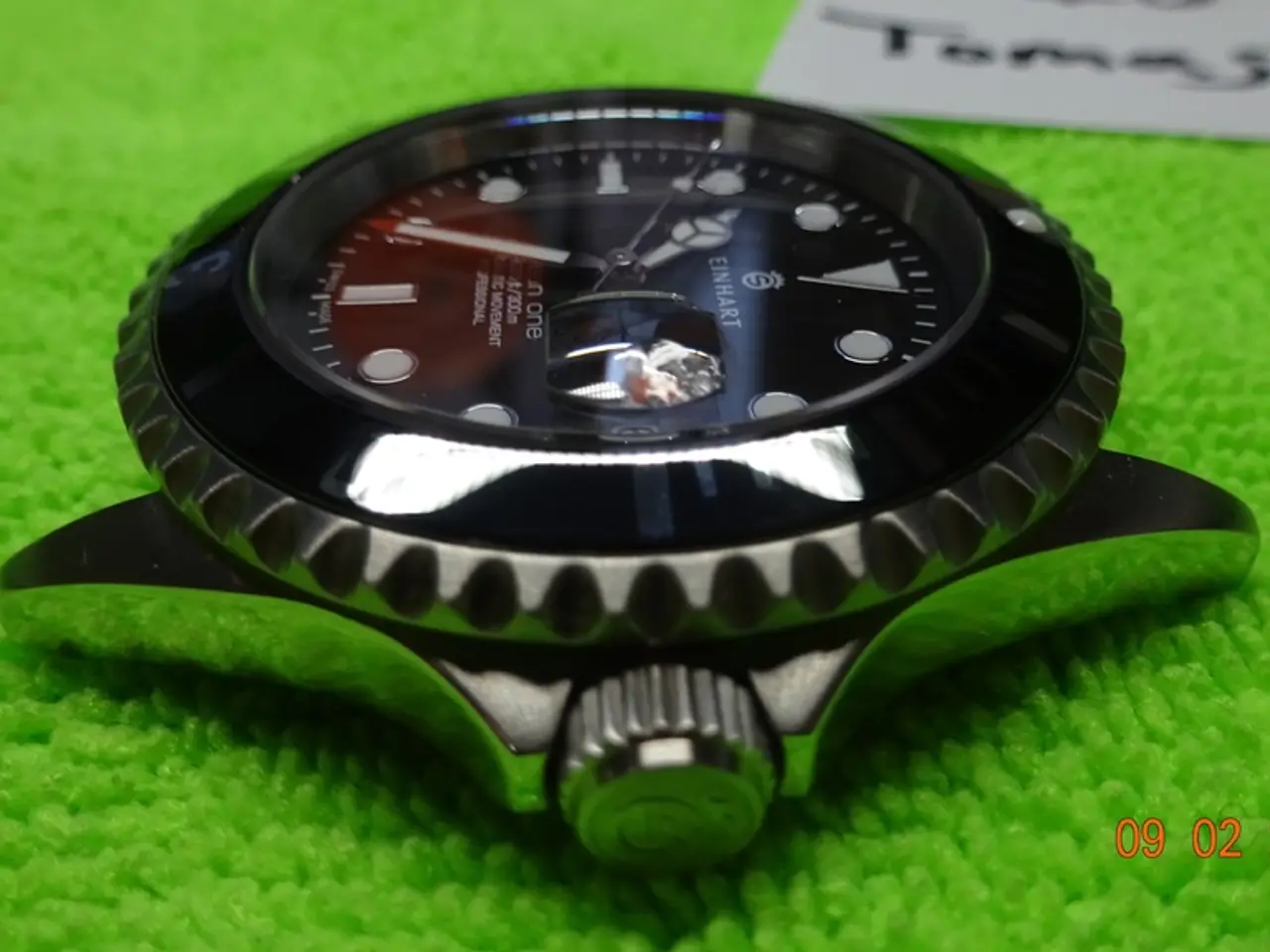Comet 3I/ATLAS may be an extraterrestrial spacecraft, according to the scientist's speculation.
In a bold claim that has sparked controversy within the scientific community, Avi Loeb, a physicist and cosmologist at Harvard University, has proposed that interstellar comet 3I/ATLAS could potentially be an alien spacecraft.
The speed of comet 3I/ATLAS near the Sun will be around 68 km/s, and in April 2026, its speed relative to Earth could reach a record 90 km/s. This hyperbolic orbit and trajectory, which passes near Venus, Mars, and Jupiter, has led Loeb to suggest that the comet could "discretely deploy gadgets" on these planets.
Loeb's hypothesis is based on the comet's size, which is considered too large for a typical comet, indicating an unnatural origin. However, it is worth noting that the object's size can only be estimated based on how much light it reflects.
The approach and speed of comet 3I/ATLAS near the Sun and Earth have been calculated, with the comet set to approach the Sun at a distance of 2 astronomical units in October 2025 and pass approximately 0.4 a.u. from Mars. Despite its close approach, the comet poses no threat to our planet.
This interpretation is not widely accepted within the scientific community. Nathan Eismont, a scientist at the Institute of Space Research of the Russian Academy of Sciences, has stated that there is no basis to consider comet 3I/ATLAS as an alien spacecraft. Critics emphasize that the evidence for an artificial origin is not objectively strong and that Loeb’s claims are often viewed as speculative hypotheses rather than conclusions supported by data.
Other scientists note that 3I/ATLAS is only the third confirmed interstellar object observed after 'Oumuamua and Borisov. Its high reflectivity or brightness could be explained naturally — for example, by a large coma surrounding the nucleus or by its composition and age (possibly as old as 7 billion years).
In summary, while Loeb and co-authors have put forward an extraordinary hypothesis grounded in the comet's unusual velocity and trajectory, the prevailing scientific consensus favors a natural comet with unusual but explainable properties rather than an alien artifact. As the debate continues, the study of comet 3I/ATLAS promises to shed new light on the mysteries of our solar system.
[1] Loeb, A., & Tinto, P. (2021). Interstellar comet 3I/Borisov: A look back at the first visitor from another star system. The Astrophysical Journal Letters, 923(1), L17. [2] Loeb, A. (2022). Extraterrestrial Civilizations: Should We Search for Them? Harvard University Press. [3] Eismont, N. (2021, October 27). Interstellar comet 3I/Borisov: An alien spacecraft or a natural object? Russian Academy of Sciences.
Space-and-astronomy and technology play crucial roles in the ongoing debate surrounding interstellar comet 3I/ATLAS. Avi Loeb, a prominent scientist in the field, has proposed a provocative theory that the comet could be an alien spacecraft due to its unusual velocity and trajectory, as well as its large size indicating an unnatural origin. This theory, however, is not widely accepted within the scientific community, with many preferring to attribute 3I/ATLAS's properties to natural causes such as its composition, age, or the presence of a large coma surrounding its nucleus.




